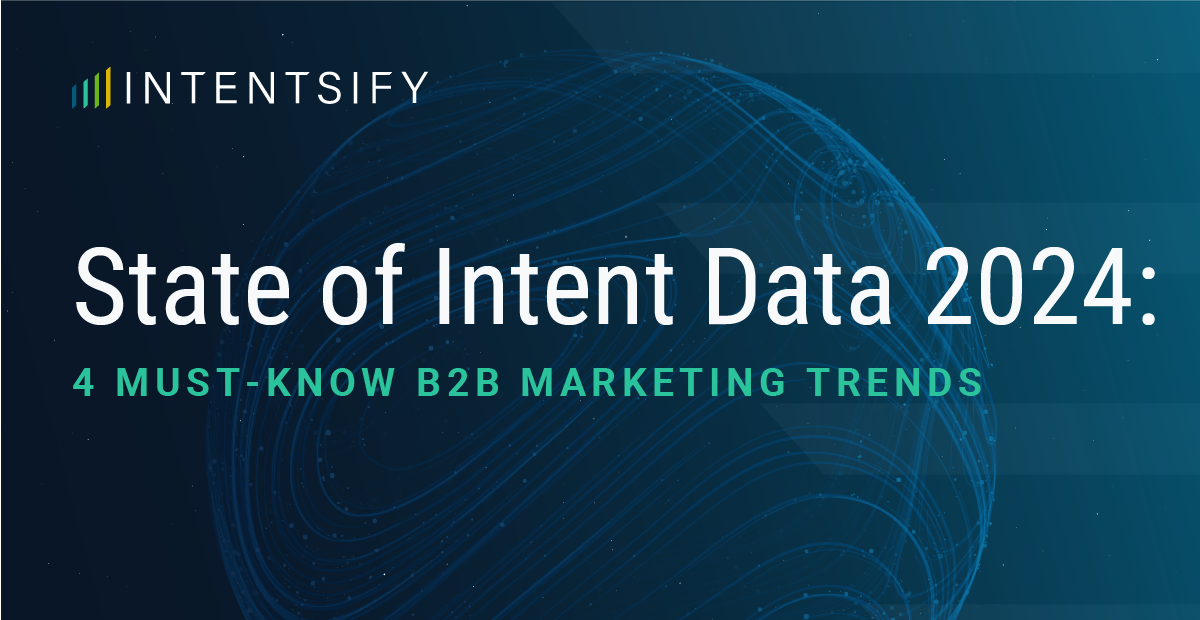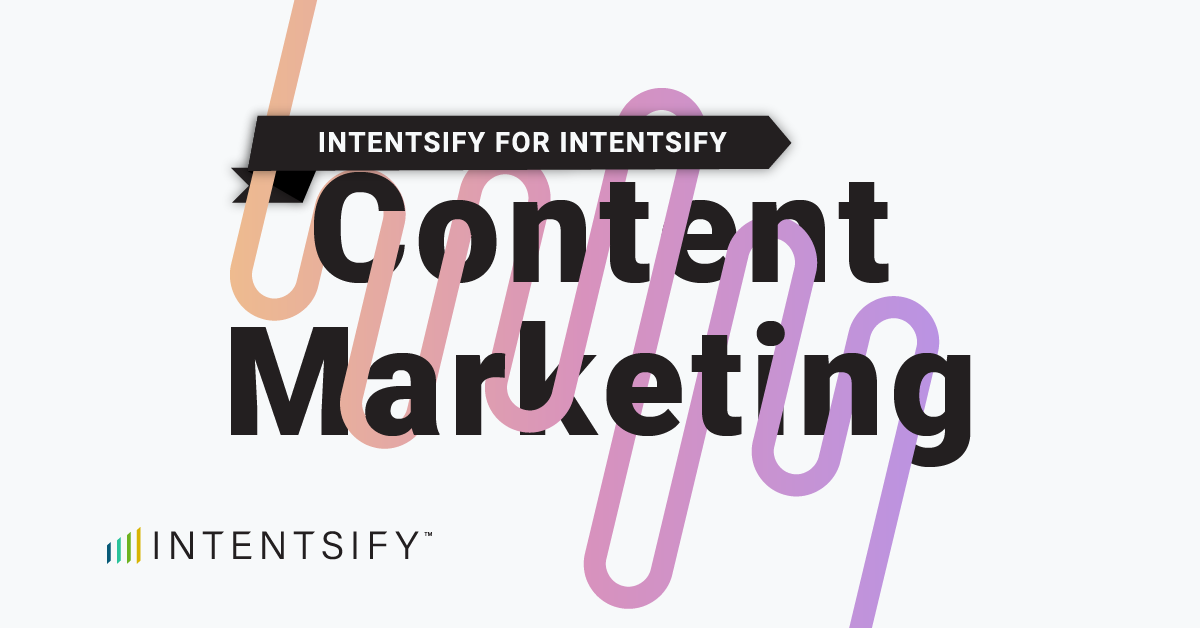Cold calling has earned a reputation as one of the most successful B2B sales strategies, but it isn’t what it used to be. As of 2025, the success rate of cold calling has dropped to just 2.3%, leaving many B2B businesses scrambling to find suitable cold calling alternatives.
Why cold calling is in decline
B2B cold calling has changed significantly over the years, and many brands are looking for cold calling alternatives. At one time, sales reps would make hundreds of calls per day using a generic script, hoping a few would convert. The idea was that if they made enough calls, they’d eventually get sales. However, this often ended up with a very low return on investment.
Recent privacy laws have also made things more complicated. For instance, the General Data Protection Regulation (GDPR) and the California Privacy Rights Act (CPRA) have made it riskier to call prospects without permission.
Above all else, the way people want to make purchases has changed significantly. With so much information readily available to them, many modern buyers prefer self-education before engaging with sales, which means they’re less likely to respond well to cold calls.
In light of these changes, it’s clear that the most successful organizations will be those that adopt modern cold calling alternatives.
How intent data can identify warm prospects before they raise their hand
Intent-activated content syndication strategies have quickly become one of the most effective cold calling alternatives. Before you hit the phones, you can serve relevant content to prospects who are actively researching similar solutions.
Intent partners like Intentsify work by monitoring a baseline of activity across industries. This helps businesses identify and engage prospects who are actively researching similar solutions and understand their research stage (awareness, interest, consideration, decision), so they can tailor their content accordingly.
Moving away from a one-size-fits-all approach toward a highly targeted, personalized strategy ensures your content stays relevant and timely. In the long run, this can help businesses to significantly enhance their conversion rates and drive ROI.
Case studies showing improved conversion rates with intent-driven outreach
Here are a couple of real-life examples of organizations that have experienced improved conversion rates after switching to intent-driven outreach.
How Splunk achieved an 8x YoY increase in marketing-qualified leads
- Big data platform Splunk aimed to increase qualified leads without expanding their budget.
- The organization used Intentsify to gain insights into which content resonated with their audience, optimize lead generation and paid media efforts, and identify high-intent buyers to accelerate deal velocity.
- Splunk achieved a 3x improvement in ROI on marketing-contributed pipeline, and an 8x year-over-year increase in marketing-qualified leads (MQLs).
How Alvaria boosted its qualified lead generation by 285%
- Customer experience and workforce engagement software platform Alvaria wanted to identify and target high-value enterprise opportunities more effectively and efficiently.
- This involved building an effective and scalable revenue growth engine, aligning its sales and marketing teams through shared revenue goals, and increasing its sales effectiveness by using relevant intent data and intelligence.
- Using Intentsify, Alvaria saw a 285% increase in qualified leads delivered to sales. Furthermore, 95% of engagements and asset downloads were from new contacts.
5 practical steps to integrate intent signals into your sales processes
Integrating cold calling alternatives into your sales processes can significantly enhance your efficiency and boost your conversion rates. In this section, we cover some practical tips to do this effectively.
1. Map your buyer journey
This involves creating journey maps for each key persona based on real behavior. Ask what they’re searching for at each stage, what signals show they’re moving from awareness to consideration, and what content helps them take this next step.
This ensures you show people the right message at the right time, and makes it more likely that they will make a purchase.
2. Align your content with buyer stages
Once you’ve mapped your buyer journey, you should take the time to analyze it to figure out if you have any gaps. Test which of your content performs best, and make adjustments.
This helps you close gaps and ensures your content effectively moves buyers through each stage of their journey.
3. Figure out who you do (and don’t) want to target
Building a target account list (TAL) helps you prioritize your accounts by focusing your resources on high-fit, high-intent companies, and refine your personas.
You should also use this opportunity to decide who you don’t want to target, so you can focus your efforts where they matter the most.
4. Observe what’s working by tracking key metrics
Tracking key metrics like buying group engagement, lead-to-opportunity conversion, time to opportunity, and sales acceptance rates can help you understand what’s working and where improvements are needed.
5. Empower your business development representatives (BDRs) to act on intent signals
Your BDR team plays a crucial role in converting intent data into real opportunities. Instead of spending time cold calling random lists, your BDRs can reach out to warm prospects showing clear signs of interest.
To set your BDRs up for success, you should provide them with clear playbooks on how to act on different intent signals.
Generating qualified leads with intent-driven strategies
Intent-driven strategies are one of the most effective cold calling alternatives. Instead of wasting time dialing uninterested prospects, you can focus your efforts on having meaningful conversations with potential prospects who are already in-market. You also know these leads have opted in and been tele-verified across a BANT framework (budget, authority, need, timing).
Moving away from cold calling is a significant mindset shift that can take a while to get used to. However, you don’t have to do it alone.
In our new eBook, How To Run Content Syndication Programs Worth Your Budget, we outline practical steps to help you get started. You’ll learn how to map content to research stages, the 5-step framework for intent-activated content syndication, as well as advanced retargeting and lead nurturing strategies.
Whether you’re new to intent-driven strategies, looking to optimize your current programs, or simply curious about cold calling alternatives, this guide will help you maximize your budget and drive meaningful results across your business.






